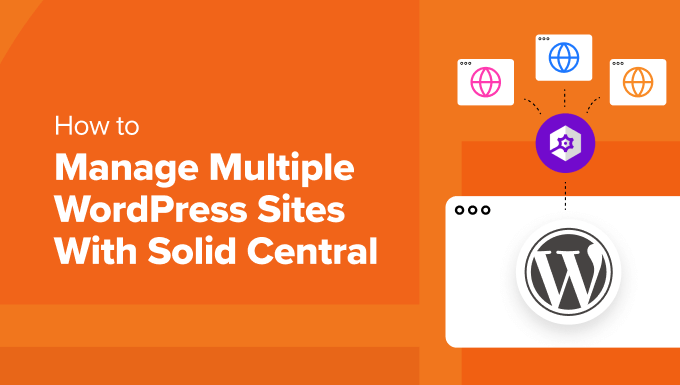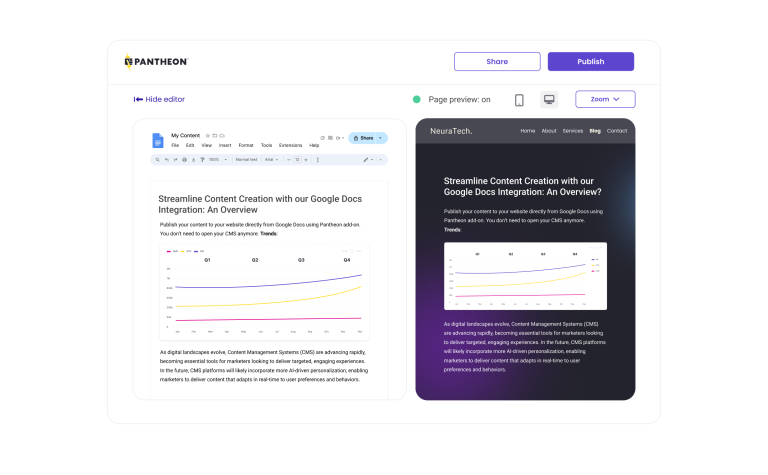Chances are, you’ve written a few guest posts yourself. But have you considered accepting them on your own site?
If you have a WordPress site, creating a WordPress guest posting program is a powerful content strategy. It can increase your audience reach, build your authority, and even earn you extra cash. Most importantly, it keeps your loyal readership happy with fresh, consistent content.
There’s plenty of demand for guest posting. A recent survey found that 43% of contributors make between 11-100 guest post pitches a month, with 7% making more. That’s a lot of opportunities for you to take advantage of.
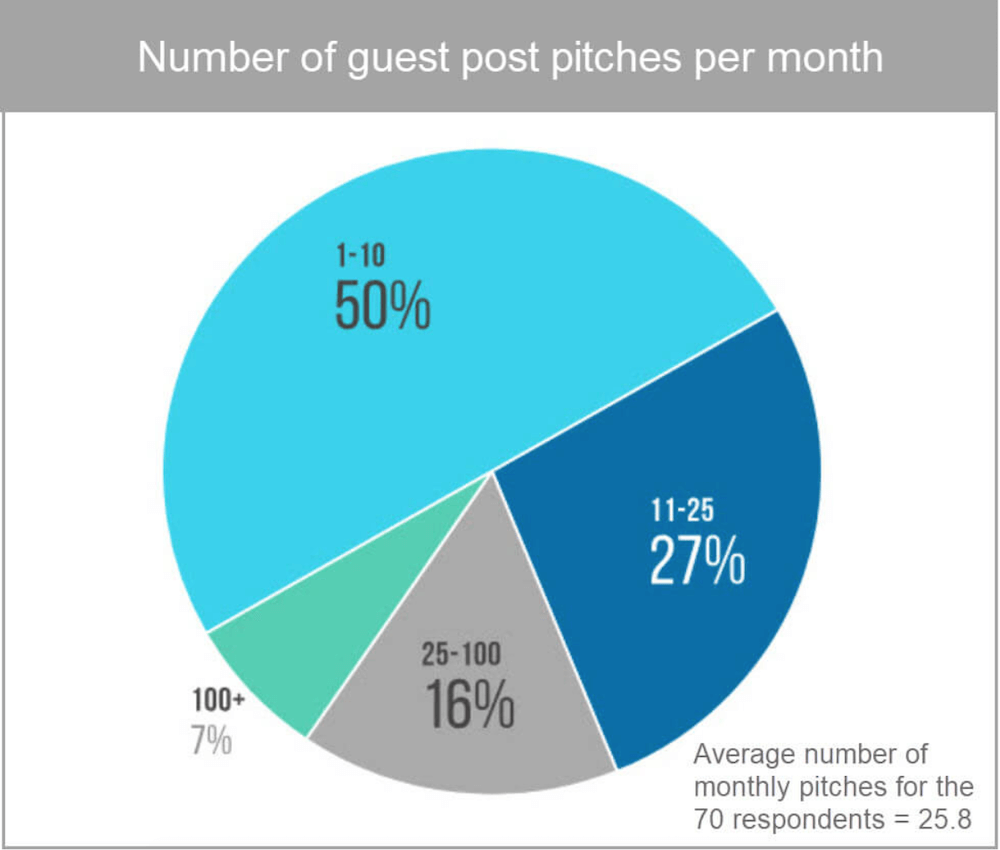
Before discussing how you can set up and earn money from WordPress guest posting, let’s dive deeper into why you should be doing it.
Why Accept Guest Post Submissions on Your Website
When it comes to managing a blog, the physical act of writing blog posts is only half of it.
You have to perform consistent keyword research in pursuit of valuable long tail keywords. You also need to create content calendars that align with SEO requirements and current topic trends. And, once you’ve written, edited, and published your post, you need to market it across all of your channels.
For businesses with thriving websites, accepting guest posts is a serious time-saver, but there are plenty of other reasons why you might create a WordPress guest posting program.
To Learn from Contributing Authors
Accepting guest posts on your website gives you access to a range of writers with different writing styles. By paying attention to high-performing guest posts, you can analyze their writing style to refine your own writing abilities and improve reader engagement on your blog.
Not only can you use guest posts to develop your writing skills but you can also learn from the different writers’ knowledge. Many are likely to be experts in their fields and will produce guest posts that inform your own writing as well as provide value for your readers.
To Attract New Audiences and Broaden Your Reach
Accepting guest posts can bring in a wave of new audiences thanks to the promotional activities of your guest bloggers. They’ll make sure to share the link to their post across all of their marketing channels, extending the reach of your post and directing potential new subscribers straight to your website.
To Help Build Your Online Presence
The more high-quality blog posts and backlinks you have, the higher Google will push your website up its search engine results page (SERP). This is critical for increasing your visibility, impressions, and click-through rate (CTR).
Another way to increase your visibility is through the backlink opportunities that come with guest posts. Many writers will link back to their own posts, helping you rank higher with search engines.
Put it this way – going from third to second place on Google’s SERP will increase your CTR by 43%. Go from second to first place and you’re looking at an increase of 74%.
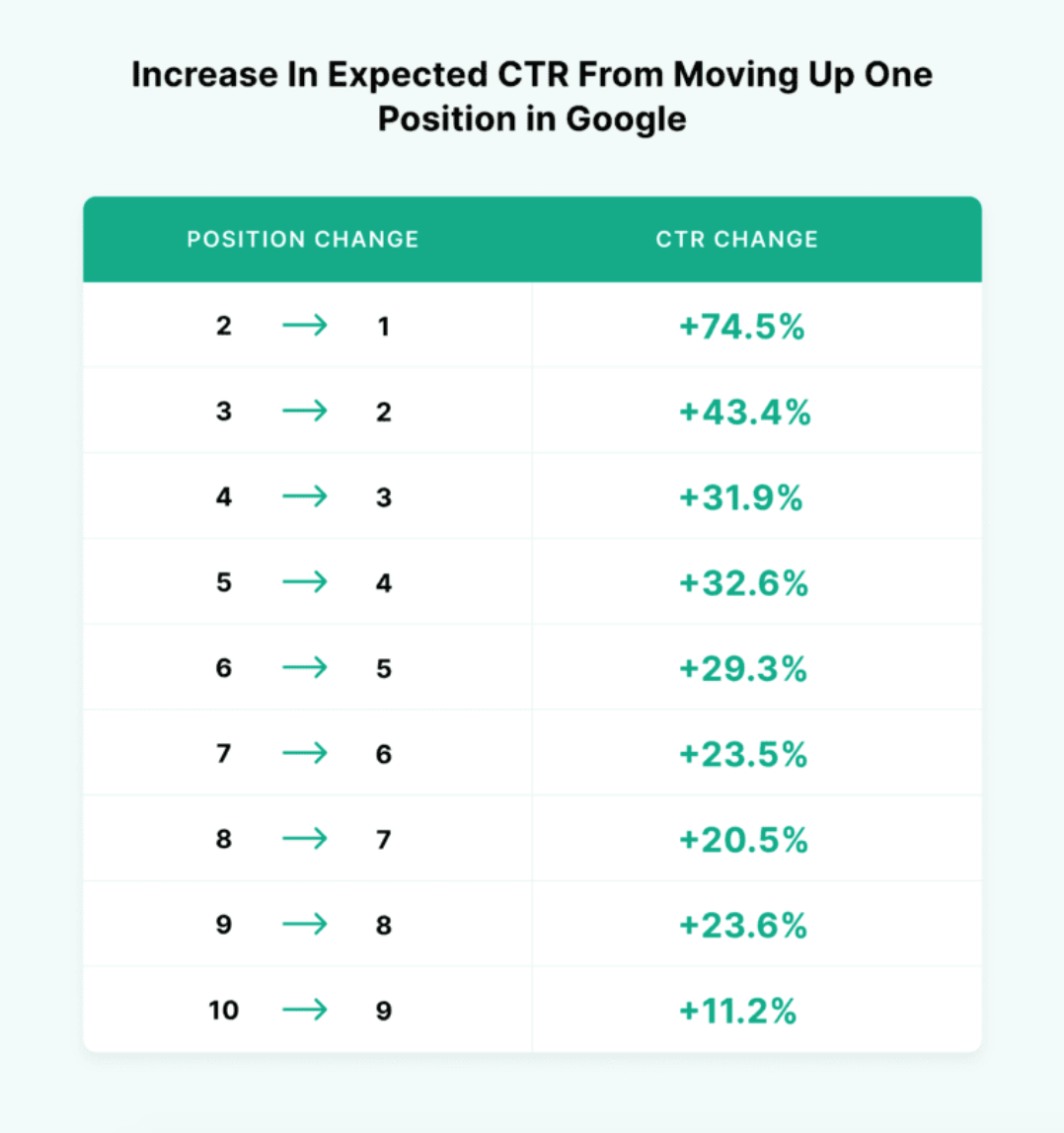
To Publish a New Article without Breaking a Sweat
Our loyal readers deserve consistency. However, sticking to a strict blogging schedule when there’s so much to do can be difficult for the best of us!
Publishing guest posts is a win-win solution. You gain more time to focus on other business activities while still supplying your readers with fresh content.
How to Attract Guest Writers to your Blog
It’s clear to see why WordPress guest posting is an effective content strategy. But before you dive into creating your guest posting program, you should know how to attract guest writers to your blog.
Create a “Write for Us” Page
Placing a “write for us” page on your website is the easiest way to attract a steady influx of potential contributors.
Your “write for us” page should include submission details, requirements, and guidelines. For example, you may want to suggest a word count or provide a list of potential topics. Performing keyword gap analysis can help you identify high-value keywords that you can potentially suggest to your contributors.
Provide Monetary Rewards for Writing
A real attention-grabber, offering a monetary reward for contributions can garner quick results. The reward can be as low or as high as you like, but you may want to have stricter quality requirements in place.
Create Guest Posting Partnerships with Other Businesses
Is there a business you’d like to work with? Why not reach out to them with a partnership opportunity? Guest posting partnerships usually include both parties writing a post for each other’s website, but you could go about it any way you wish. Use this PandaDoc sponsorship agreement template to get started.
Join Guest Blogging Communities
You may be able to find guest blogging communities on social media and networking sites. As well as being home to plenty of willing contributors, blogging communities are also full of potential partnership opportunities.
How to Accept Guest Posts on Your WordPress Website
While there are several methods of accepting guest posts on WordPress, the registration form method is particularly convenient. Let’s explore how to set it up.
1. Choose a WordPress Registration Plugin

Any of the top WordPress contact form plugins such as WPForms should enable you to create custom registration forms on your website. By registering to your site in this way, users can create any number of guest posts without being granted admin access.
2. Install and activate the plugin on your site
Installing your chosen WordPress plugin can be done in a few simple steps. To guide you through it, we’ll pretend you’ve opted for WPForms.
From your WordPress dashboard, go to Plugins » Add New.
On the plugins page, type WPForms into the search bar. Click Install Now.
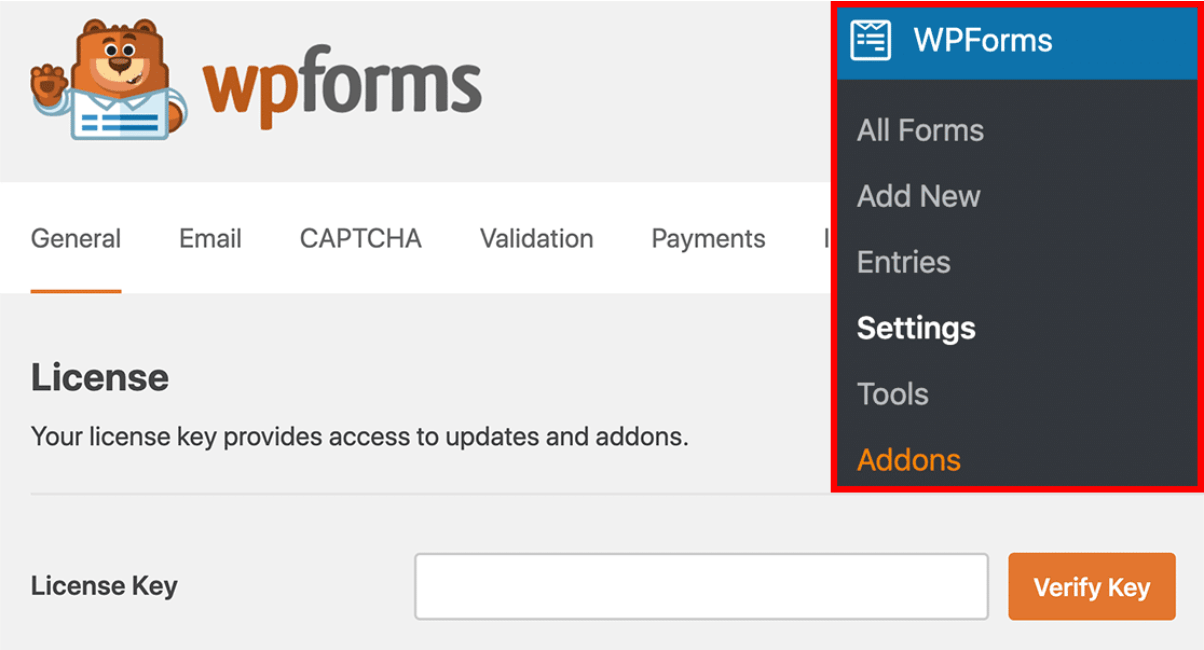
Once your plugin is installed and you’ve clicked Activate, locate your license key. You can find this in your WPForms account area. Next, head over to WPForms » Settings and enter your license key.
3. Create a New User Registration Form
Now it’s time to create your user registration form. To get started, go to WPForms » Add New.
Once you’ve entered a name for your form, you can choose to design it from scratch or select one of the pre-built templates. These templates are fully customizable, so you can still edit labels, sizes, formats, etc.
The fields that are essential for a registration form are:
- Name
- Email Address
- Username
- Password
4. Assign User Roles and Configure Other Form Options
It’s critical that you assign user roles in order to restrict the access and permissions of registered users.
First, you need to enable user registration by going to Settings » User Registration » Enable User Registration. From there, you can scroll down to the User Roles section and change the role from Subscriber (which is the default) to either Author or Contributor.
Author enables registered users to create, publish, edit, and delete posts. Contributor allows users to create and edit content only. This is the best choice because it allows you to vet the quality of posts before they go live.
Another form option to enable is user activation. To avoid spam signups and unwanted users from accessing your website, you can choose either User Email Activation or Manual Activation.
5. Publish the User Registration Form on Your Site
The quickest way to publish your WPForms registration form is to click on the Embed button at the top of your form builder screen. Click Create New Page and, once you’ve named your page and made sure everything looks OK, click Publish.
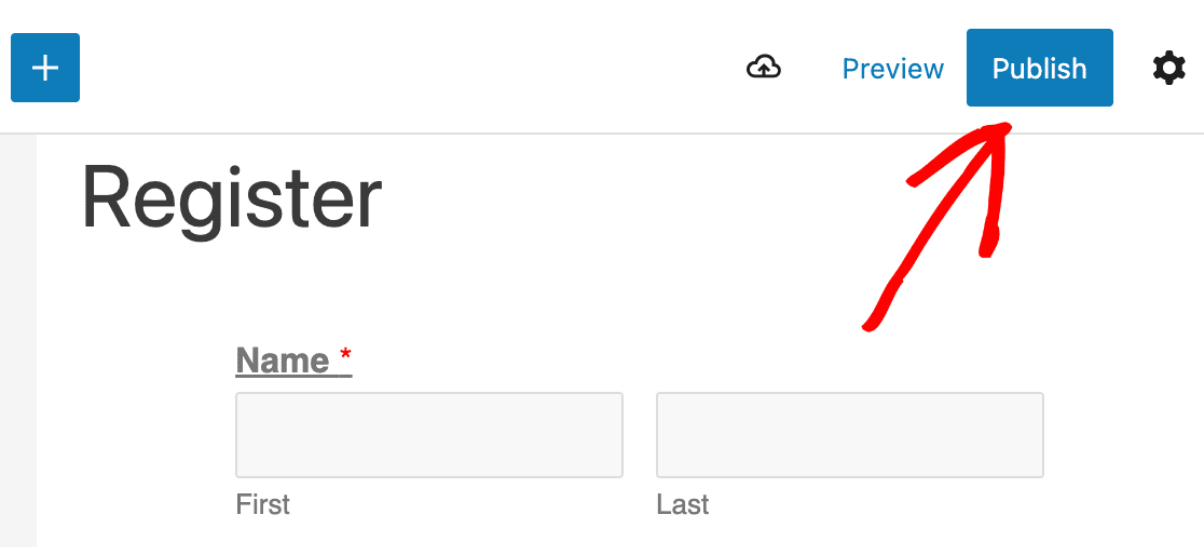
As always, don’t forget to perform visual regression testing to ensure that the new plugin hasn’t inadvertently impacted your website’s front-end design.
6. Review and Approve Submissions
You’ve published your registration form and it’s getting lots of hits – congratulations! But before you let people start adding content, make sure you’ve reviewed and approved their registration as a safety precaution.
Go to Users » All Users and approve or deny as you see fit.
This isn’t the only way to accept guest posts on your WordPress site. To learn how to create submission forms, gravity forms, forums, etc, read this guide on how to accept user-submitted posts on WordPress.
2 Ways to Monetize Guest Posts on Your WordPress Website
If you have a bunch of up-and-coming professionals desperate to write for your blog, why not monetize guest posts? Here’s how you can do it.
Pay Per Post
If you’re an authority in your niche, the pay-per-post model might work for you. It involves charging writers for guest post contributions. In exchange, you provide them with a high-quality backlink and increased exposure across your site and marketing channels.
Subscription Model
The paid membership or subscription model can be a serious way to make money online if you have contributors desiring regular guest-posting gigs. For a monthly fee, you can give users the freedom to upload fresh content to your website. Users get the benefit of receiving good backlinks and consistent exposure.
Consider creating a SaaS landing page for your guest-posting membership to increase conversion potential.
WordPress guest posting is a low-effort way to attract new audiences and increase your reach. With a bit of SEO competitor analysis, you can inspire your contributors with keyword and topic suggestions, thus filling your website with results-generating content.
Accepting guest posts on your website is as simple as creating a registration form. From there, you can attract guest posters to your form through a “write for us” or landing page.
Offering monetary rewards, seeking partnerships, and joining guest-posting communities are also viable options.
Garner enough traction and your WordPress guest posting program has the potential to be a considerable earner. Whichever model you choose, make sure you price it right and offer do-follow backlinks in exchange.



